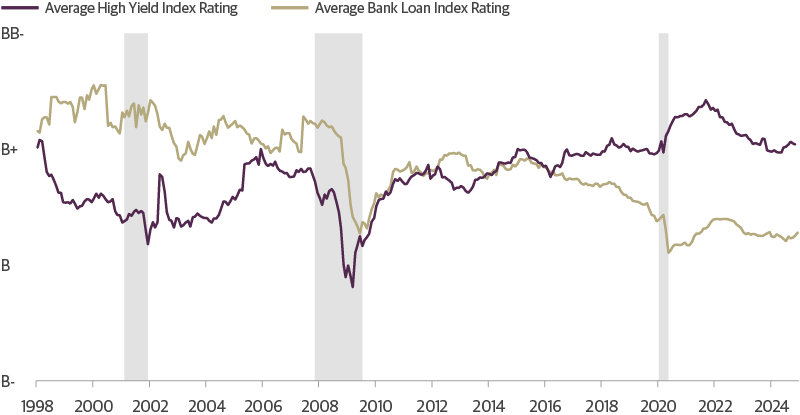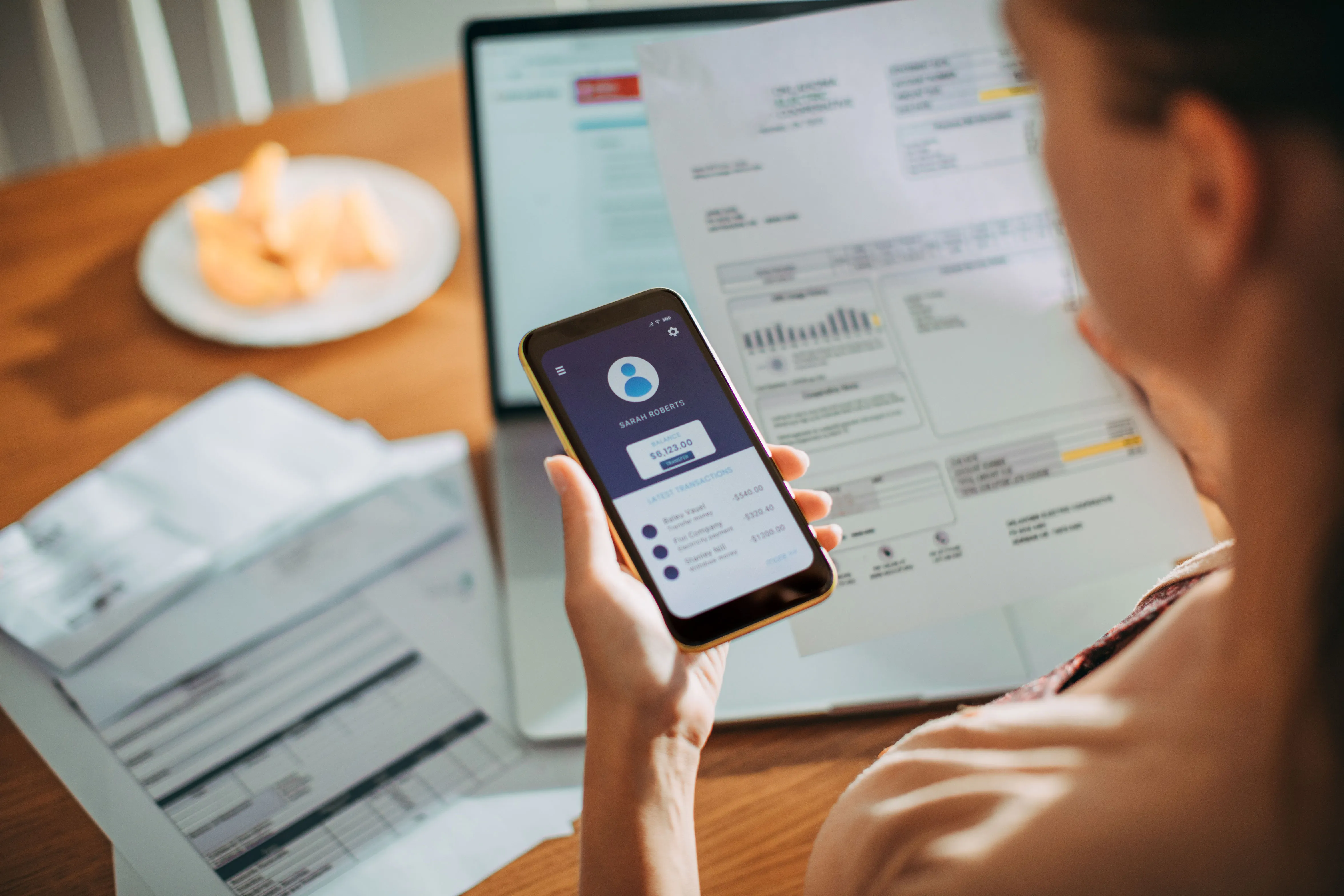In today’s digital financial landscape, choosing the right mobile banking app is crucial. A recent SEMrush 2023 study shows 81% of respondents regularly use these apps. When comparing, consider mobile deposit limits and user interface. Big national banks like U.S. Bank and Chase, cited by BankRate, often have standardized limits, while small local banks may offer more flexibility. Regarding UI, simplicity, visual – functionality balance, and security are key, as per Adobe XD. Our buying guide guarantees the best price and free insights. Don’t miss out on finding the perfect app now!
Comparing Mobile Banking Apps
In today’s digital age, mobile banking apps have become an integral part of our financial lives. A staggering 81% of respondents in a study of 103 people said they regularly used mobile banking apps (SEMrush 2023 Study). With so many options available, it’s essential to understand the differences between them, especially when it comes to mobile deposit limits.
Mobile Deposit Limits Comparison
Big National Banks

Big national banks like U.S. Bank, Chase, Wells Fargo, Capital One, and Citizens Bank are well – known players in the mobile banking space. In a Mobile Deposit Benchmark Scorecard, these banks often rank highly in terms of customer experience. For example, U.S. Bank and Chase are consistently in the top 5 for mobile check deposit customer experience.
Wells Fargo was one of the first U.S. banks to introduce mobile banking in 2001, although it discontinued the service shortly thereafter. Now, it has a well – established mobile banking app with mobile deposit features. Many big national banks impose daily and monthly limits on mobile deposits. However, the specific dollar amounts can vary widely. As recommended by BankRate, it’s crucial to check these limits before relying on mobile deposits for large – value checks.
Pro Tip: If you frequently deposit large checks, contact your big national bank to inquire about raising your mobile deposit limits. U.S. Bank, for instance, allows you to submit a request, and you’ll receive a response within 3 business days.
Small Local Banks
It is certainly possible to find excellent deals at small local banks. A personal example is that the author has a checking account with a small local bank that pays 1.5% interest on the first $25k. When it comes to mobile deposit limits, small local banks might be more flexible or have different policies compared to big national banks. However, they also reserve the right to end special deals at any time.
Some small local banks may offer more personalized service and be more willing to work with customers to adjust mobile deposit limits based on individual needs. Credit unions are also worth considering, but in the author’s experience, small private banks often have the best overall deals.
Factors Influencing Mobile Deposit Limits
Big National Banks
Big national banks base their mobile deposit limits on several factors. Security is a major consideration. Banks are concerned about fraud and want to limit the potential losses if a fraudulent check is deposited. Regulatory requirements also play a role; the Deposits — EFTA (PDF) of the FDIC’s Consumer Compliance Examination Manual includes information regarding the regulatory requirements for prepaid accounts which can indirectly impact mobile deposit limits.
Another factor is the customer’s account history. Customers with a long – standing, positive relationship with the bank and a history of responsible banking behavior may be eligible for higher mobile deposit limits. For example, if a customer has regularly maintained a high balance and has no history of bounced checks, the bank may be more likely to increase their mobile deposit limit.
Comparison Table:
| Bank Name | Mobile Deposit Limit | Customer Experience Rank (2022) |
|---|---|---|
| U.S. Bank | Varies | 1 |
| Chase | Varies | 2 |
| Capital One | Varies | 3 |
| Wells Fargo | Varies | 4 |
| Key Bank | Varies | 5 |
Key Takeaways:
- Big national and small local banks have different mobile deposit limit policies, and it’s important to understand these differences.
- Security, regulatory requirements, and customer account history are key factors influencing mobile deposit limits at big national banks.
- You can request an increase in your mobile deposit limit at many banks, especially big national ones.
Try our mobile banking app comparison tool to find the best app for your mobile deposit needs.
Best User Interface Banking App
In today’s digital age, a staggering 88% of mobile users abandon apps after just two uses due to poor usability (SEMrush 2023 Study). This statistic highlights the critical importance of a well – designed user interface (UI) in mobile banking apps. A great UI can be the difference between a satisfied, long – term user and one who quickly moves on to a competitor.
Key UI Elements for Great User Experience
Simplicity
The most successful banking apps prioritize simplicity. Chase is a prime example of this. Their app strips away unnecessary complexity, offering a clean and easy – to – navigate interface. With this design, users get at – a – glance insights into their spending, quick access to key banking features, and a personalized experience based on their transactions. Pro Tip: When designing a banking app, focus on the core tasks users need to perform, such as checking balances, transferring funds, and paying bills. Streamline these processes and remove any extraneous steps or features.
Visual Appeal with Functionality Balance
Visual appeal is crucial, but it must be balanced with functionality. The Commonwealth Bank has adopted the use of vibrant colors in its latest banking app version to offer a superior user experience. While the colors make the app visually appealing, they don’t compromise on the app’s functionality. For example, the color – coded sections still allow for seamless navigation and easy access to services. Industry benchmarks suggest that apps with a balanced visual – functional design have higher user engagement rates. As recommended by industry design tools like Adobe XD, banks should conduct usability testing to ensure that visual elements enhance rather than hinder functionality.
Security – related Elements
Security – related elements are a key part of the UI. Biometric authentication has emerged as a powerful tool to enhance both user experience and security in banking apps. It provides a quick and secure way for users to access their accounts, eliminating the need to remember complex passwords. However, it’s important to ensure that security features don’t create a poor user experience. For instance, overly intrusive two – factor authentication (2FA) can be a deterrent for users. Banks need to find the right balance to make security features seamless and user – friendly.
Balancing UI Simplicity and Security
Banks face the challenge of balancing UI simplicity and security. On one hand, users want a simple, easy – to – use app. On the other hand, they demand robust security measures to protect their financial information. One way to achieve this balance is by using multi – factor authentication in a non – intrusive way. For example, biometric authentication can be used as the first layer of security, followed by a one – time passcode sent via SMS only when necessary. Another approach is to educate users about the importance of security features, so they understand why certain measures are in place. Pro Tip: Regularly communicate with users about security updates and improvements in a clear and simple manner.
Impact on Mobile Deposit Feature
The UI of a banking app has a significant impact on the mobile deposit feature. A well – designed UI makes it easy for users to locate the mobile deposit option, take clear pictures of checks, and confirm deposits. Citibank’s app, with its clear and user – friendly UI, allows users to smoothly carry out mobile deposit transactions. It has a minimalist and modern style that enables users to perform multiple functions, including mobile deposits, with ease. However, if the UI is complex or confusing, users may abandon the mobile deposit process. This can lead to lost business for the bank. As banks look to attract and retain customers, optimizing the UI for mobile deposits is essential.
Key Takeaways:
- A great UI in banking apps should prioritize simplicity, balance visual appeal with functionality, and incorporate user – friendly security features.
- Balancing UI simplicity and security is crucial for user satisfaction and trust.
- The UI has a direct impact on the success of the mobile deposit feature in banking apps.
Try our mobile banking UI assessment tool to see how your app stacks up against the best in the industry.
Mobile Deposit Limits
In today’s digital banking era, mobile deposit limits play a crucial role in how customers manage their finances. Did you know that 81% of respondents in a study of 103 people said they regularly used mobile banking apps (SEMrush 2023 Study)? This high usage rate highlights the importance of understanding mobile deposit limits.
Current Financial Regulations
Mobile Deposit Endorsement Regulations (Federal Reserve Board’s amendments to Regulation CC in 2018)
The Federal Reserve Board’s amendments to Regulation CC in 2018 brought significant changes to mobile deposit endorsement regulations. These regulations aim to ensure the security and accuracy of mobile check deposits. For example, banks are now required to have clear procedures for verifying the authenticity of checks deposited via mobile apps. This helps protect both the bank and the customer from fraud.
Pro Tip: When making a mobile deposit, always follow your bank’s endorsement instructions carefully to avoid any processing delays.
As recommended by industry experts, it’s essential for banks to stay updated with these regulations to maintain compliance and provide a secure mobile banking experience.
Comparison between Big National and Small Local Banks
| Bank Type | Mobile Deposit Limits | User Experience |
|---|---|---|
| Big National Banks | Generally have standardized limits based on account type and customer profile. Limits may be higher for long – term, high – value customers. | Offer advanced features and a wide range of services. However, the customer service may be less personalized. |
| Small Local Banks | Limits can be more flexible and may be adjusted based on individual customer relationships. | Provide more personalized service and a closer connection with the community. However, they may have fewer advanced features compared to big national banks. |
Key Takeaways:
- Understanding mobile deposit limits is essential for anyone using mobile banking apps.
- Both big national and small local banks have their own advantages when it comes to mobile deposit limits and user experience.
- Always follow your bank’s regulations and contact them if you need to increase your mobile deposit limit.
Try our mobile deposit limit calculator to see how different banks’ limits may affect your banking needs.
FAQ
What is a mobile deposit limit?
According to industry standards, a mobile deposit limit is the maximum amount of money that a bank allows customers to deposit via their mobile banking app within a specified time frame, such as daily or monthly. These limits vary by bank type, like big national or small local banks (Detailed in our Mobile Deposit Limits Comparison analysis). They’re set for security and regulatory reasons.
How to choose the best user – interface banking app?
To choose the best user – interface banking app, first, look for simplicity. Apps like Chase offer a clean and easy – to – navigate interface. Second, ensure there’s a balance between visual appeal and functionality, as seen in the Commonwealth Bank’s app. Third, check for user – friendly security features such as biometric authentication. (Detailed in our Key UI Elements for Great User Experience analysis).
Steps for increasing your mobile deposit limit at a big national bank?
If you want to increase your mobile deposit limit at a big national bank:
- Contact your bank through phone or the app’s support section.
- Explain your need for a higher limit, such as regular large – value check deposits.
- Provide any necessary documentation or account history details.
- Wait for the bank’s response, which usually takes a few business days. (Detailed in our Mobile Deposit Limits Comparison analysis).
Big national banks vs small local banks: Which is better for mobile deposits?
Unlike small local banks, big national banks generally have standardized mobile deposit limits based on account type and customer profile. They offer advanced features but less personalized service. Small local banks, however, can be more flexible with limits and provide closer community connections. The choice depends on individual needs (Detailed in our Comparison between Big National and Small Local Banks analysis).




